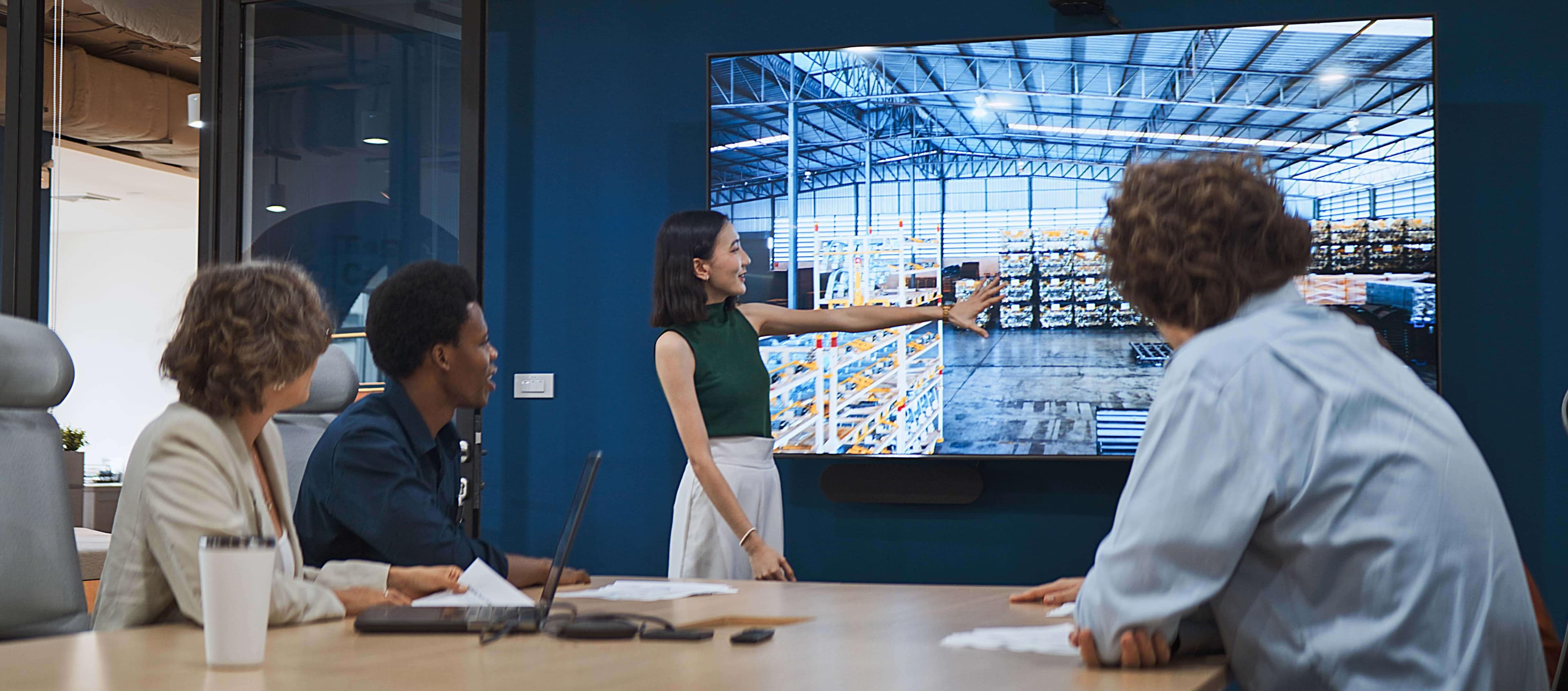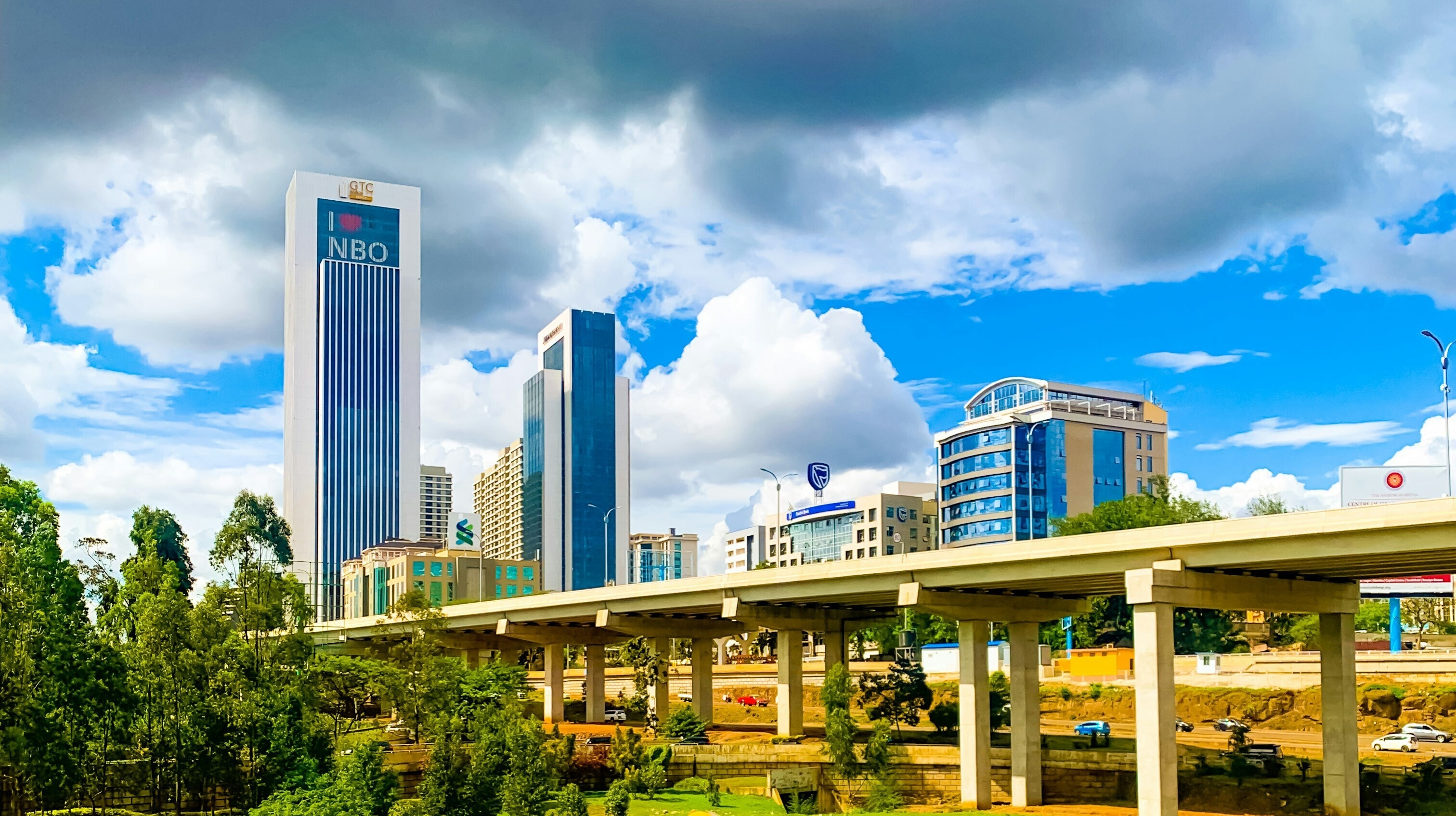How COVID-19 revealed the importance of integrating passenger and freight transport

Image: Photo by Anastasia Dulgier on Unsplash
Explore and monitor how Mobility is affecting economies, industries and global issues
Stay up to date:
Mobility
- Better integration of passenger and freight transport will ensure the entire mobility system is more resilient and more sustainable after COVID-19.
- Integration will require taking a fresh look at city planning and infrastructure capacity as well as new collaborations.
While the COVID-19 crisis halted passenger transport, freight transport continued via air, ships and trucks to keep the world’s economies going and deliver essentials. We saw 40+ km trucks - not cars - queueing on our highways. Car trips to crowded city centers and shopping malls were replaced by an explosion in online shopping and deliveries to front doors. Cargo boxes stuffed between the seats of passenger planes replaced tourists and conference-goers flying to distant lands.
The crisis also created severe disruptions in freight transport and the world saw the consequences of the system’s weaknesses: delays and empty shelves. Hospitals could not get much-needed supplies and grocery stores faced never-seen before shortages in food stuffs and other supplies.
Demand for freight transportation will no doubt slump in the economic aftermath of COVID-19, but the balance between passenger and freight has shifted, perhaps forever. The crisis is an opportunity to make a step-change for mobility, considering an approach that takes both passenger and freight transport into account. Such an approach could drive resources toward building an efficient system that also tackles the climate crisis already underway. As freight experts part of the Forum’s Global Future Council on Mobility, we stress the urgent need for better integration of passenger and freight transport to make our entire mobility system more resilient and more sustainable.
Here’s how this can be accomplished on three levels: planning, infrastructure, and vehicles.
Planning
City planners often consider passengers in the allocation of road and building space. This fact is well apparent in the growing interest in ‘tactical urbanism' (the term coined for the action-based approach using short-term, low-cost, and scalable interventions to existing street infrastructure). Cities such as Brussels or Hong Kong are providing more space for pedestrians and cyclists and preferred access to electric vehicles. These changes will help improve the quality of life in urban areas, as well as make the transport system work better for people. However, such city planning often does not include goods or urban freight.
As these transformations take shape, e-commerce, however, must also be taken into account. A quarter of the world’s population shops online and e-commerce will grow by 17.9% annually, according to Digital Commerce 360 representing about 20% of global retail share in 2023. This development will fuel the demand for last-mile delivery which is expected to grow by 78% globally by 2030 according to a McKinsey and World Economic Forum study. Given these changes, urban planners should not forget to include freight delivery and storage space. Doing so would harm the entire system, leading to traffic jams, second-lane parking, use of sidewalks as make-shift distribution hubs, you name it. While some cities have begun to develop dedicated urban freight plans, more will be needed.
Infrastructure capacity
The infrastructure capacity consumed by logistics is often overlooked. The World Bank’s Logistics Performance Index shows the poor state of this infrastructure with low rankings in many countries. UNCTAD reports that global infrastructure investment needs for transport could cost up to $94 trillion USD by 2040 (in 2015 prices). The increasing dependence of our societies on goods delivery is also an opportunity to increase the investment in: urban and rail infrastructure; dry ports, transhipment centers and cross-docking; connectivity between ports and modes that connect with the hinterland.
Mumbai, for example, is one of the world’s biggest ports and the fourth most congested city. Changes are in progress, with roads being widened and flyovers added to ease passenger traffic flows. But more can be done to handle the flow of goods coming in or going out of the ports. Goods are transported during the night, by using online appointments (which did improve truck turnaround by 18%) and partially via rail. A dedicated freight corridor in the city could provide further improvement, linking the port with the rest of India.
Vehicles and vessels
Infrastructure for alternative fuels and vehicles represent another opportunity. Eliminating emissions from the energy used for transport could lead to true decarbonization for the sector. Some steps are already being taken, such as the $1 billion USD infrastructure bill passed by the US Senate recently, and Japan’s investments to create a ‘hydrogen society.’ Still, more can be done.
The switch to low carbon fuels and vehicles should be made not just in cars, but also in trucks. Almost half of transport’s emissions come from freight according to the ITF Transport Outlook 2019, and trucking alone drives 5% of our global CO2 emissions.
Some work is already underway. Countries around the world have seen a surge in the models of zero-emission trucks available. Canada and the US have seen a 78% bump in the models available with similar changes in China and Europe.
Still, more progress could be made to develop heavy duty trucks leveraging biofuels while working towards electrification and green hydrogen over the next decade. Heavy duty trucking consumes 7.3% of global energy-related emissions and will almost double according to the IEA. Any change in emissions for heavy duty trucking is key since the pathway to decarbonization is not fully clear in this hard-to-abate sector.
Some cities have already recognized the importance of accommodating alternative fuels. More than 250 European cities have Low Emission Zones (essentially banning polluting cars and trucks) and electric delivery vans and trucks. Piggy-backing on successes with electric buses (17% of all buses in China are electric, and their number tripled in Europe in 2019) could accelerate progress with medium and heavy duty trucks, too. An online inventory of medium and heavy duty trucks by clean vehicle non-profit CALSTART shows it is a matter of time before sufficient models are on the market to tilt the balance towards zero-emission trucks, too.
Looking ahead
These changes require a shift in framing by those who have previously focused separately on either passenger or freight transport. But mobility cannot be addressed by studying one or the other in isolation. True change will require considering both at once – like looking through a pair of glasses with two lenses to see. Decision makers taking this approach must address passenger and freight transport together and identify if policies, infrastructure and energy sources really serve both and not one of the sectors.
This shift will also take new collaborations across different groups and agencies who have not collaborated before. For example, NGOs might find themselves working with financial institutions, or city planners might seek input from logistics service providers.
Additionally, joint financing that favors decarbonization (such as airline bailouts) will be key. Some plans, such as the EU Recovery Plan, combine repairing the damage brought by the corona pandemic with existing sustainability initiatives, all while taking all forms of transport into consideration. Such an approach will be important to keep momentum going as the world rebuilds.
The corona crisis is an opportunity like no other for us to rethink our mobility system holistically. In the past months, we’ve seen the ability of governments, companies, investors, and civil society to find ways to partner and seek solutions to shared problems. Such cooperation will be necessary going forward to craft more resilient freight systems to steel against the crises to come.
Accept our marketing cookies to access this content.
These cookies are currently disabled in your browser.
Don't miss any update on this topic
Create a free account and access your personalized content collection with our latest publications and analyses.
License and Republishing
World Economic Forum articles may be republished in accordance with the Creative Commons Attribution-NonCommercial-NoDerivatives 4.0 International Public License, and in accordance with our Terms of Use.
The views expressed in this article are those of the author alone and not the World Economic Forum.
Forum Stories newsletter
Bringing you weekly curated insights and analysis on the global issues that matter.
More on Supply Chains and TransportationSee all
Cornelius Pieper and Nicky Collins
September 15, 2025
Manoj Mehta
September 15, 2025
Robert Metzke
September 15, 2025
Luna Atamian Hahn-Petersen and Silje Hansen Eeg
August 26, 2025
Nii Simmonds and David Timis
August 18, 2025
Ayla Majid
July 24, 2025






